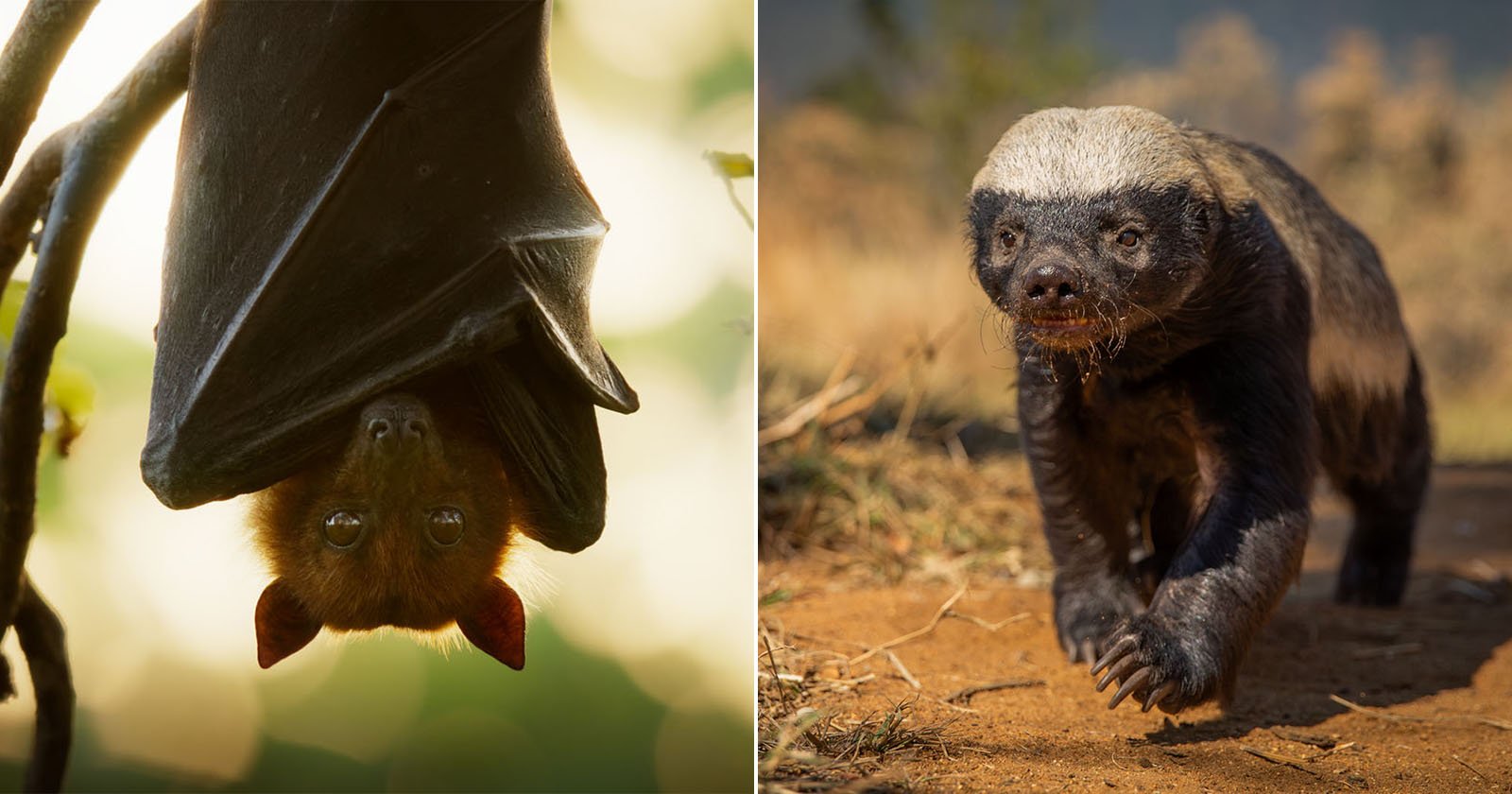
Check out our latest products
![]()
National Geographic’s newest wildlife documentary series, Underdogs, celebrates nature’s unsung heroes and adds a generous helping of humor thanks to Ryan Reynolds’ narration. PetaPixel spoke to Mark Linfield and Vanessa Berlowitz, co-founders of Wildstar Films, about the new series and how evolving camera tech helps tell compelling nature stories in fresh new ways.
The five-part series, which debuted on June 15th with a pair of episodes, explores nature’s overlooked wildlife, including glass frogs, pistol shrimp, turkeys, geese, caterpillars, and many more. While award-winning Wildstar Films has worked on plenty of incredible series that look at acclaimed, famous, beloved animals like Disney Nature’s Tiger, National Geographic’s Secrets of the Octopus, National Parks, and more, Underdogs gave the team a chance to focus on animals many people may not have heard of before, many of which are small. Linfield and Berlowitz have also directed and produced some of the most famous nature series ever, including Planet Earth and Frozen Planet.
“I’m excited for a scene in ‘Superzeroes.’ There’s an incredible sequence, the final one, which is the cockroach battle with the jewel wasp. I mean, for me, I look at that and I think we’ve been involved with very iconic sequences from Planet Earth with snow leopards, which haven’t been filmed before, showing incredible struggles of hunting for the first time and the Himalayas,” Berlowitz tells PetaPixel.
“But I think that [the cockroach and jaw wasp] behavior is as iconic as any of those scenes from Planet Earth or Frozen Planet. I mean, to see the level of manipulation of that jewel wasp, turning the cockroach into its zombie dog and then the surprise, very difficult to film, incredible feat of technology, which Mark will talk about the sort of techniques that we use, but then to have the behavior of which the scientists didn’t even know when they break off the antennae and then suck the blood to check whether the a sufficient amount of hallucinogens have gone in. I think it’s as iconic and landmark sequence as anything we’ve ever made for these so-called ‘big’ series.”
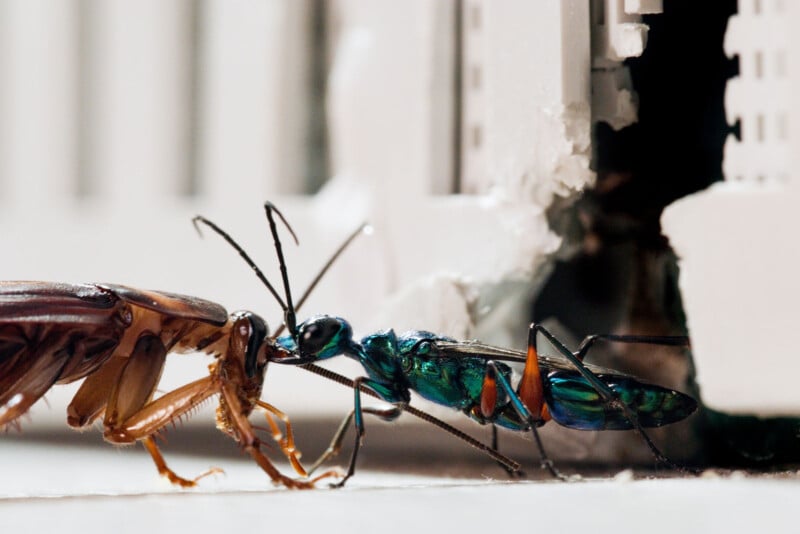
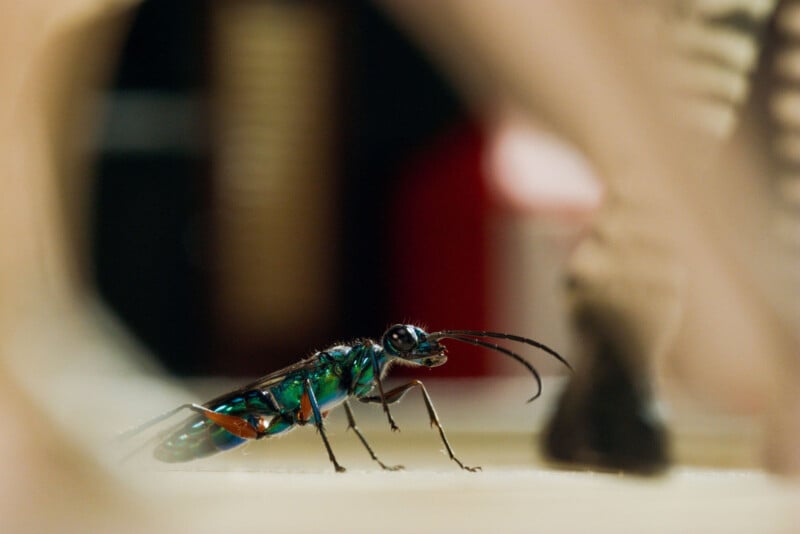
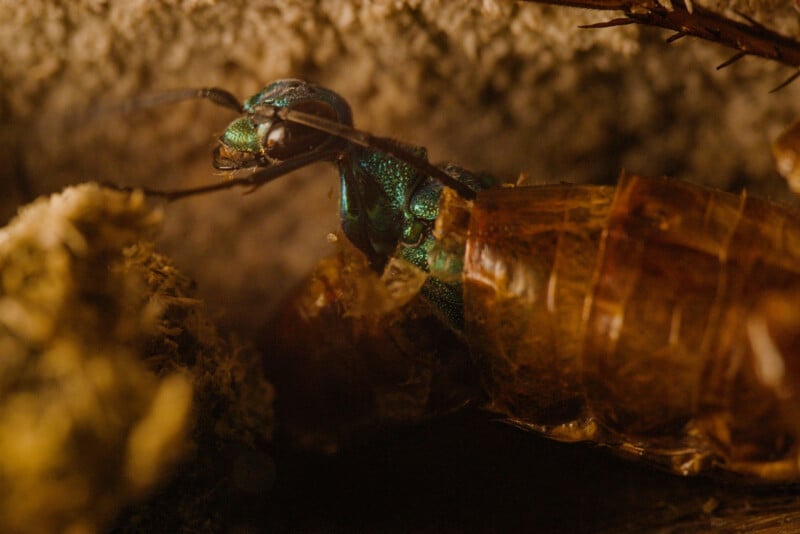
Linfield adds that the scale of Underdogs is so different and much smaller, but no less interesting or exciting.
“I’ve always enjoyed these amazing bits of natural history, incredible life cycles, incredible bits of behavior, even more than those big scenes,” Linfield says. “I like the small things… those have always been my preferred sequences. I think they’re the most revelatory, actually, and Underdogs is chock full of them.”
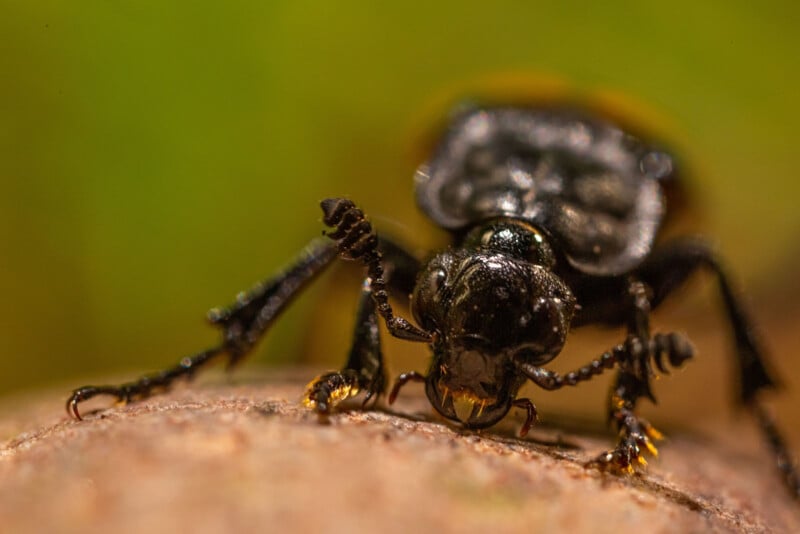



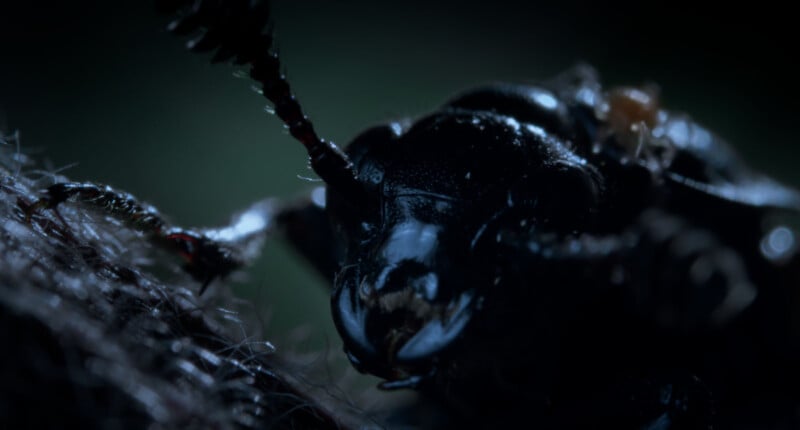

Having worked on natural history documentaries for decades, Berlowitz and Linfield are well-versed in the incredible technological advancements of recent years, including higher-resolution cameras, new lenses, increasingly sophisticated drones, and more.
However, among the most beneficial advancements for Underdogs are improved small cameras, robotic arms, and macro lenses.
“You have to give these tiny creatures character and give them character. You’ve got to be on their level, even if they’re tiny, and you’ve got to be in their world, which means you need to see their horizon,” Linfield explains, referring to improved wide-angle macro lenses that let filmmakers get up close and personal with tiny critters with wide-angle perspectives.
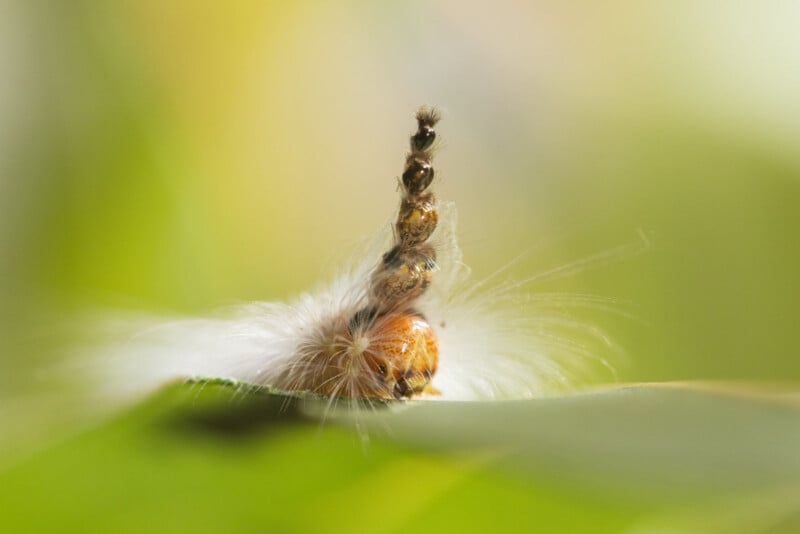

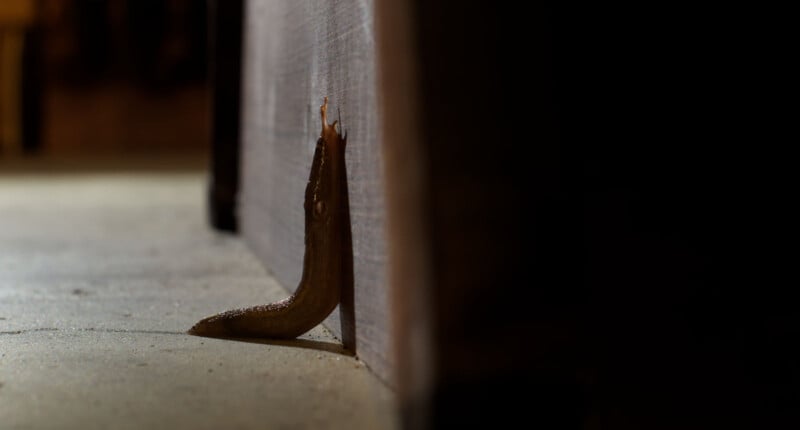

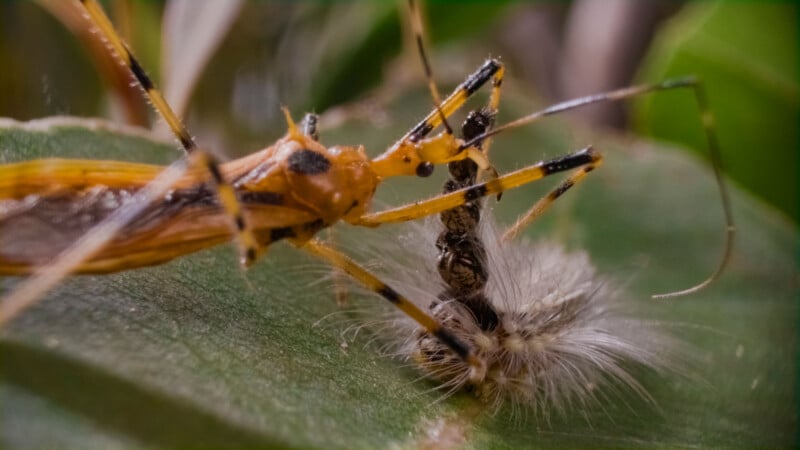
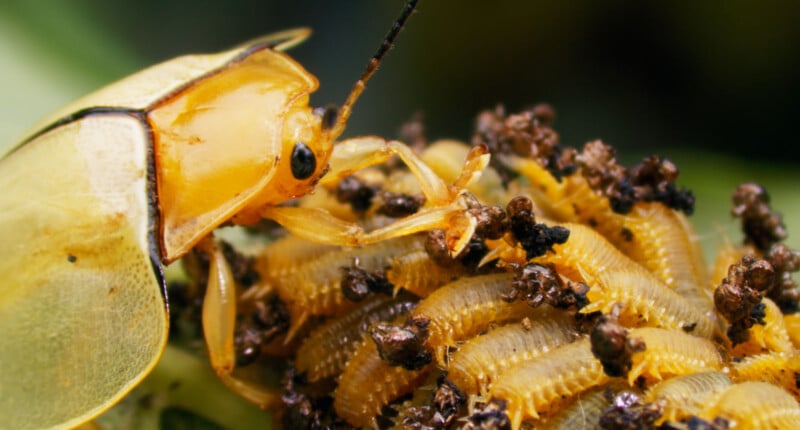
“And when you try to move with them at that level, even the tiniest vibrations are hugely magnified. So we have to use robotic arms; we’ve got small cameras on robotic arms and they’re very finely-geared arms, and they’ll follow the cockroach or they’ll follow a worm through their undergrowth,” Linfield says. “And it’s just a very different technical approach to the photography than one that we could have employed even five years ago. There’s just a great new toolkit.”
Linfield describes advances in macro technology as the biggest of all in recent years.
“In the ‘big’ world, it’s all about gyro stabilization for steady shots from helicopters or moving vehicles,” Linfield says. “But when you go into small world, it’s all about different kinds of movement and being able to use bright lights that nowadays are cold because when we started, bright lights were incredibly hot and these tiny animals would literally fry as you tried to film them.”
Linfield and Berlowitz agree that Underdogs provided them and the team an excellent opportunity to employ new close-up technology, including lenses, robotic arms, and much cooler (and safer) lighting equipment. Many of nature’s unsung heroes are teeny-tiny creatures.
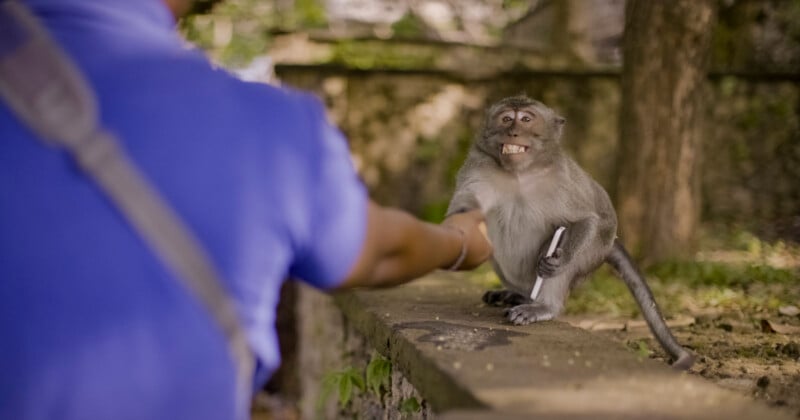
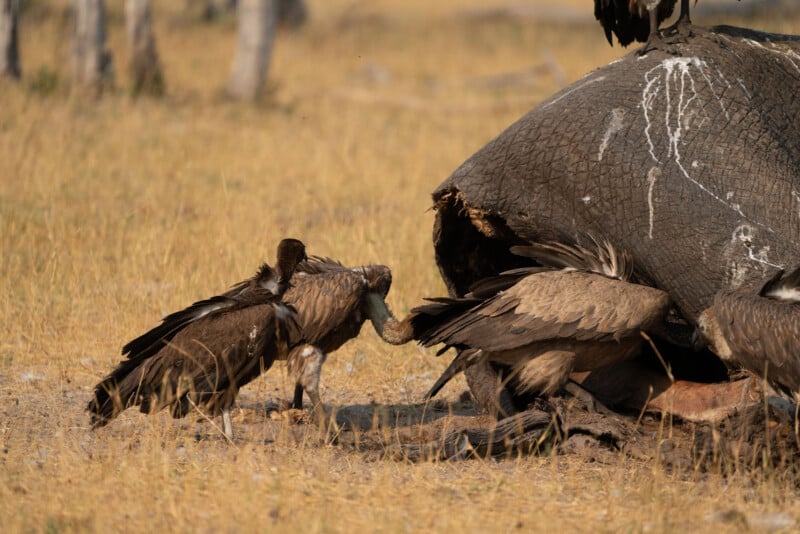
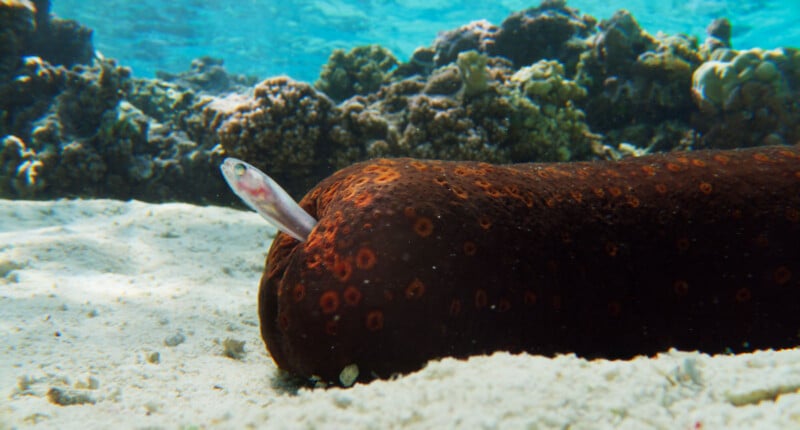

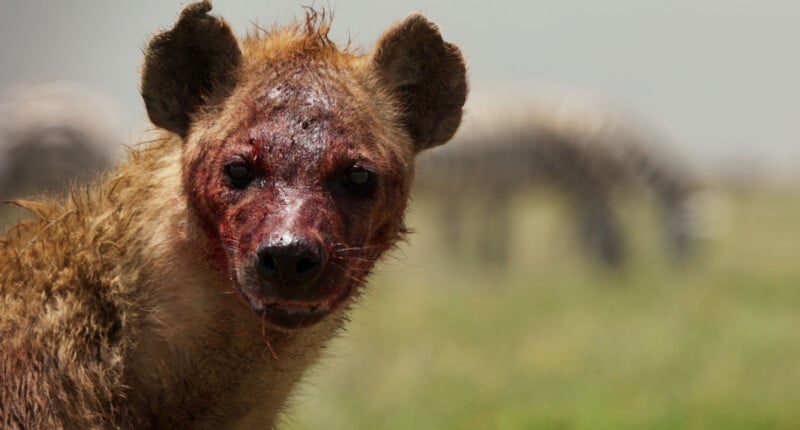
Given the involvement of Ryan Reynolds and his production company, Maximum Effort, it is natural to, as Linfield says, consider Underdogs “the Deadpool of the natural world.” However, while the show’s sense of humor invites a new audience to watch a nature documentary, the series remains steeped in hardcore science.
“All of the science stories are as true to nature as ever,” Linfield says. “Everything is fact-checked to the nth degree by ourselves and National Geographic.”
So while Underdogs embraces humor and nature’s odd little creatures and their occasionally gross, strange behavior, the series remains serious about science and education.
“The main thing is to bring those scientific, natural history stories to a fresh audience,” Linfield says.
The series also provided scientists and researchers with an exciting and unusual opportunity to highlight animals that people and filmmakers rarely ask about.
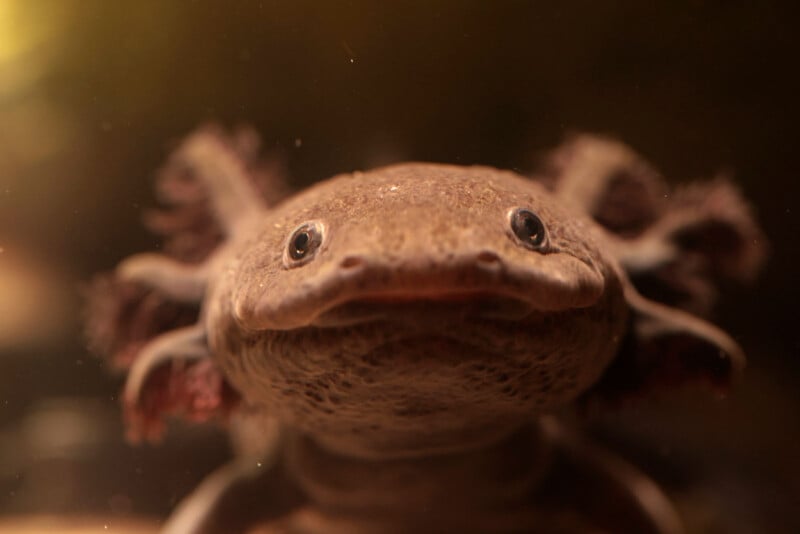

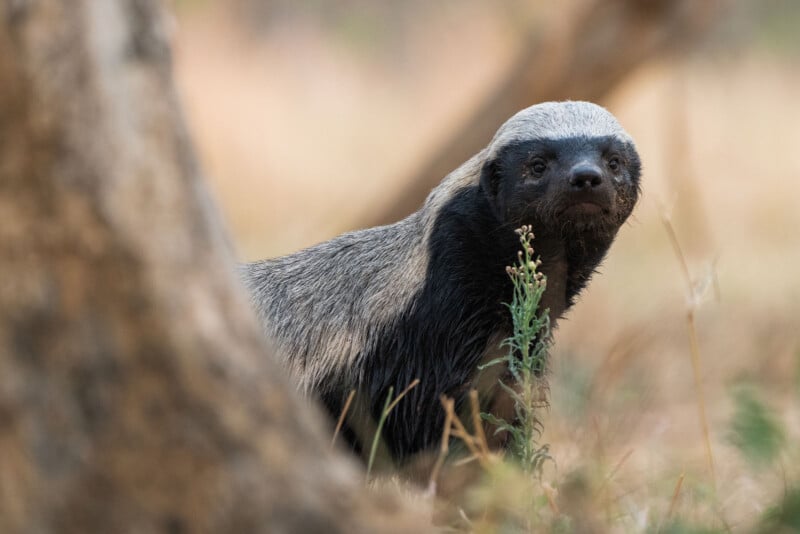
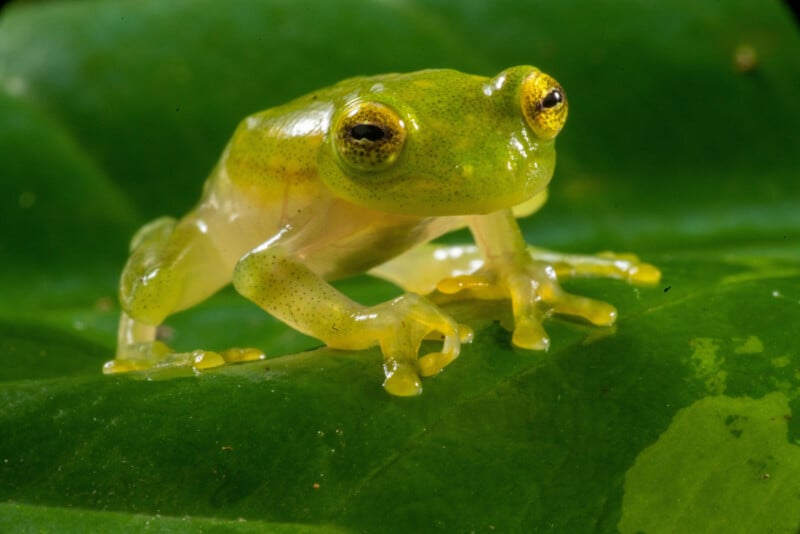
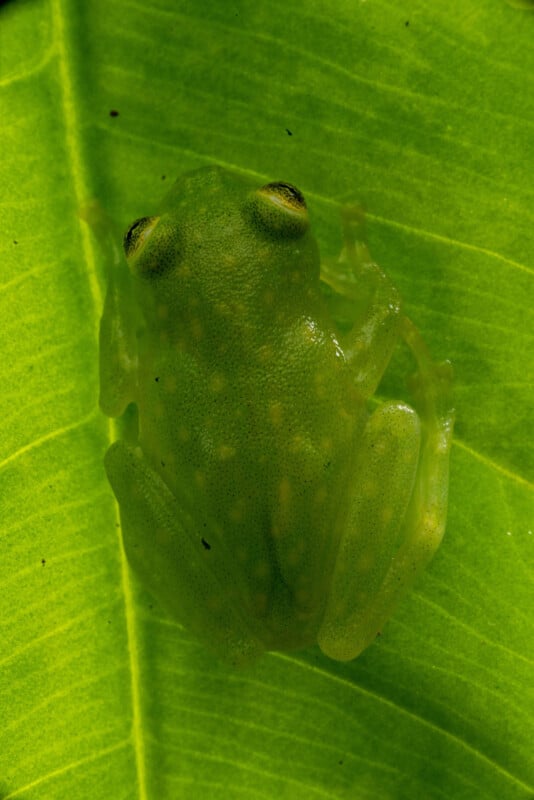
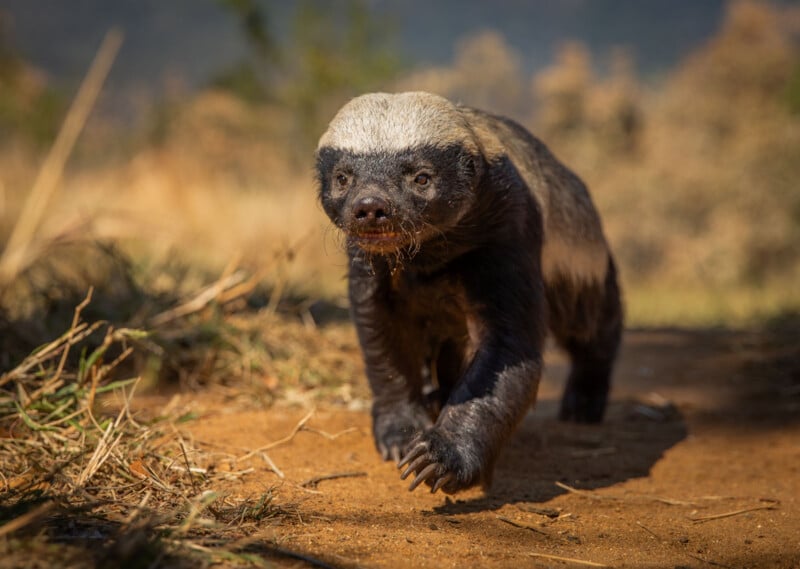
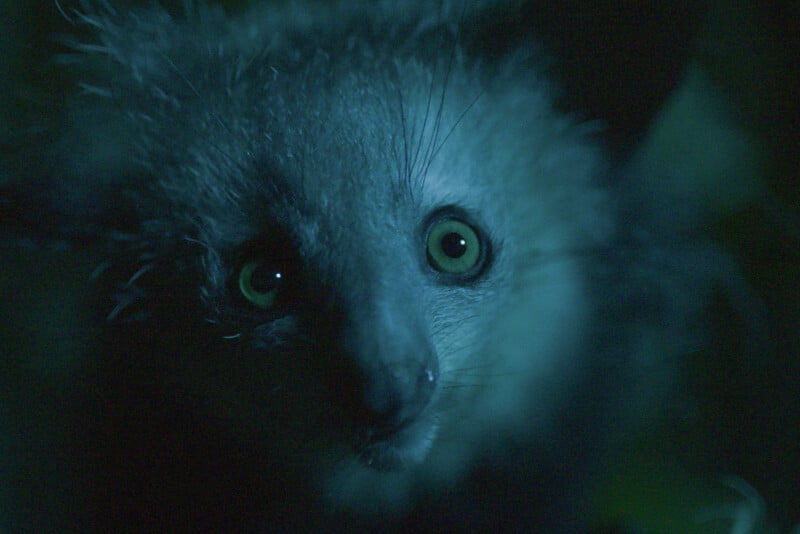
“For the first time, we are dealing with people who are researching velvet worms or slugs or tortoise beetles,” Linfield says. “These are scientists who just don’t usually get phoned by natural history filmmakers.”
Berlowitz says that talking to excited scientists was a gratifying part of making Underdogs.
They also cite working with Ryan Reynolds as a fun, unique part of the project. Although it is not unusual for a major nature series to feature a celebrity for narration, few come to the project with as much humor as Reynolds.
“One of the interesting aspects working with Ryan is you get him in the booth and he just can’t help himself. He’ll riff. Some ridiculous stuff. Some of it absolutely brilliant, some of it quite unusable for various reasons. And some of it, the stuff you want to keep, we often have to recut the picture to accommodate it,” Linfield says.
To have the footage fit the narration, they sometimes needed to recut the footage. At other times, when Reynolds deviated from the script, they had to consult with the scientists to ensure the narration remained accurate.
“It was very interactive and not how we normally work,” Linfield says.



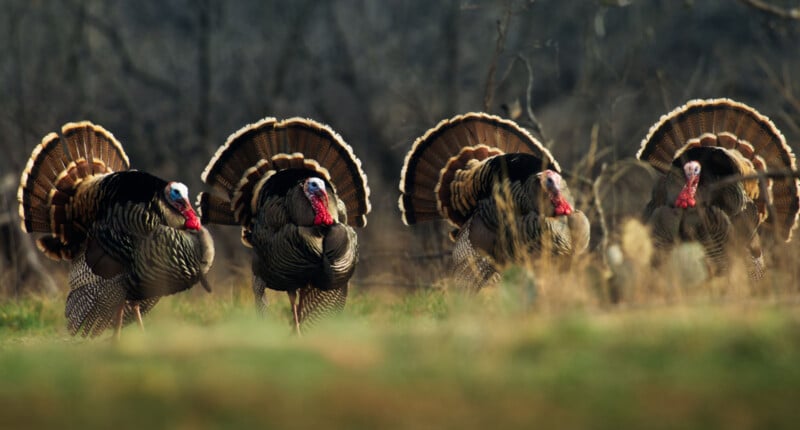
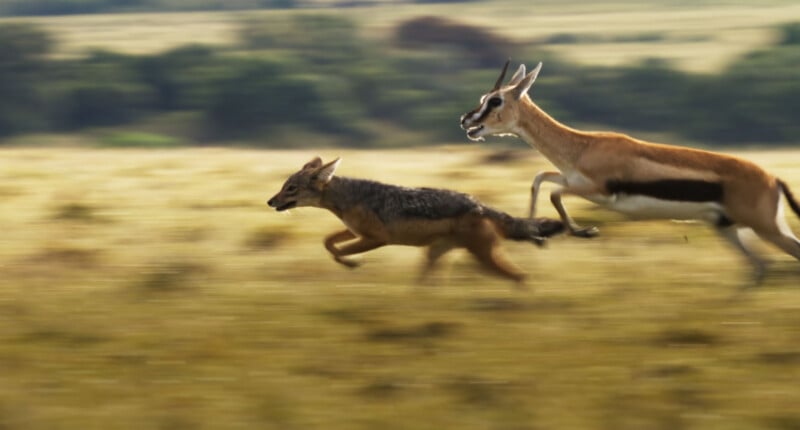

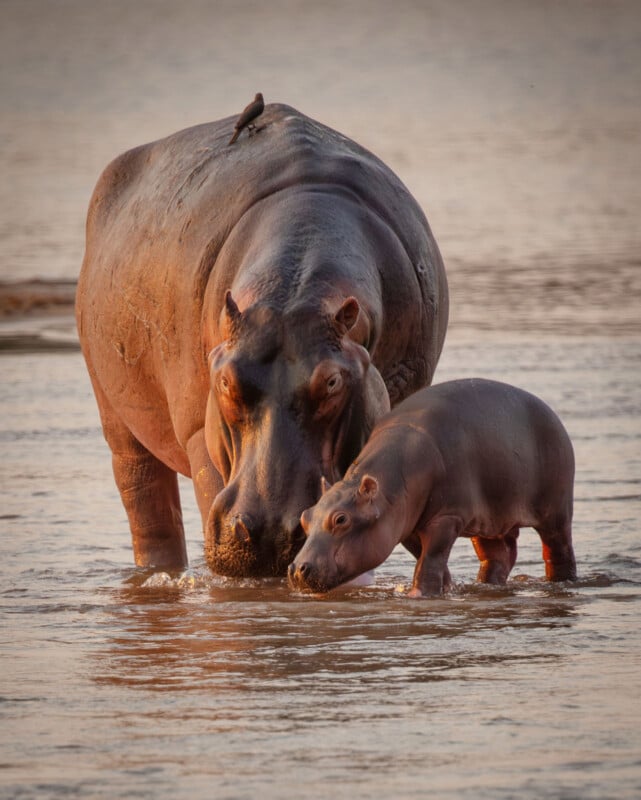
“It was so different because we are kind of used to directing voiceover records where you’ll give feedback and you go, ‘No, let’s go back to the script.’ And you say that same line four different ways,” Berlowitz says.
“If you say that to Ryan, ‘Well, you do it four different ways,’ you get four completely different lines in different characters and he goes improvisational.”
“Sometimes I kind of wished I hadn’t asked,” Berlowitz jokes. “To see that kind of creativity at work was really fun.”



Where to Watch Underdogs
Underdogs promises to make natural history fun — and funny — for a new audience who may not typically tune into nature documentaries. However, beneath the surface and beyond the jokes remains a rigorous, scientific series that should delight longtime natural history fans.
“We’re so proud to elevate the unsung heroes of the natural world to the top of the entertainment food chain and can’t wait for everyone to see,” Ryan Reynolds says.
The first two episodes of Underdogs, “Superzeroes” and “Terrible Parents” are available now on National Geographic and Disney+. The following two episodes, “Sexy Beasts” and “The Unusual Suspects,” air on Sunday, June 22. The final one, “Total Grossout,” is scheduled to arrive on June 29.
Image credits: National Geographic

![[2025 Upgraded] Retractable Car Charger, SUPERONE 69W Car Phone Charger with Cables Fast Charging, Gifts for Men Women Car Accessories for iPhone 16 15 14 13 12, Samsung, Black](https://i1.wp.com/m.media-amazon.com/images/I/61SaegZpsSL._AC_SL1500_.jpg?w=300&resize=300,300&ssl=1)



![[True Military-Grade] Car Phone Holder【2024 Stronger Suction & Clip】 Universal Cell Phone Holder for Car Mount for Dashboard Windshield Air Vent Long Arm Cell Phone Car Mount Thick Case,Black](https://i2.wp.com/m.media-amazon.com/images/I/715PBCuJezL._AC_SL1500_.jpg?w=300&resize=300,300&ssl=1)
![[エレコム] スマホショルダー ショルダーストラップ 肩掛け ストラップホールシート付属 丸紐 8mm P-STSDH2R08](https://i3.wp.com/m.media-amazon.com/images/I/51BMFf06pxL._AC_SL1500_.jpg?w=300&resize=300,300&ssl=1)







